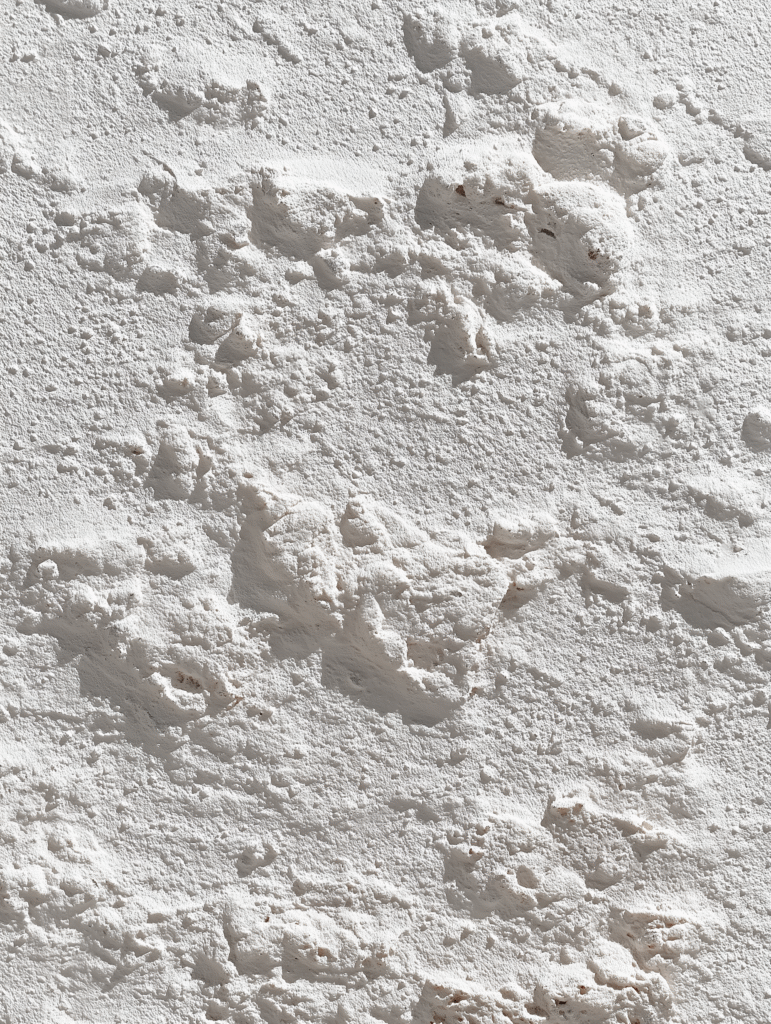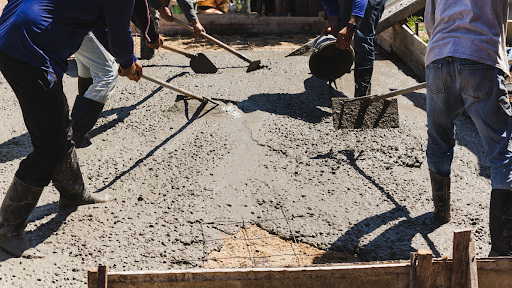How Drought Causes Foundation Problems
Drought affects more than just the landscape—it can lead to expansive soil movement, broken pipes, and foundation damage caused by shifting ground. As extreme heat lingers and drought damage worsens, doors and windows may stick, even after the drought ends.
WHAT WE KNOW
At Appalachian Foundation Services, we understand the challenges homeowners face when it comes to protecting their property from the hidden dangers of drought and how drought causes foundation problems.
With years of experience in diagnosing and repairing foundation problems, our team is here to help safeguard your home from the effects of soil movement and moisture loss.
CALL US NOW
(540) 251-4391

Schedule Inspection
The Hidden Risks Beneath Dry Soil
Drought is more than just a period without rain—it’s a severe drought that can wreak havoc on your home’s structural integrity. One of the most overlooked threats is how drought causes foundation problems. These shifts in weather patterns can lead to drought stress, weakening the soil beneath your home and reducing overall foundation stability. As the soil loses moisture, it shrinks, and when the drought ends and rainfall returns, the soil expands—this repeated cycle can seriously undermine your home’s support system.
This fluctuation places significant pressure on the foundation, resulting in signs of foundation problems such as cracks, sloping floors, and misaligned doors and windows. A sinking foundation may occur as the compromised soil fails to support your home adequately. Additionally, hydrostatic pressure can build up when rehydrated soil exerts force on foundation walls, contributing to further damage over time.
When the soil shrinks during dry periods and expands afterward, homeowners may notice signs such as visible cracks or uneven settlement around the property. These are common signs of deeper issues. Recognizing and responding to them early is essential to prevent future problems and maintain your home’s long-term structural integrity.
Understanding the Relationship Between Drought, Soil Behavior, and Foundation Damage
During drought conditions, the reduction in soil moisture leads to a cascade of problems that compromise the stability of your home. Soil that is typically expansive begins to shrink, losing volume and compactness. This process is especially problematic in regions with clay-rich soils, as expansive soils swell when wet and contract dramatically when dry. These fluctuations, intensified by severe drought, result in significant soil changes that compromise foundation integrity.
As the soil shrinks and pulls away from the foundation, homeowners may notice signs such as foundation cracks, sloping floors, and doors or windows that no longer open or close properly. Jammed doors and misaligned frames often indicate that foundation issues are already underway. These structural shifts are not only inconvenient but signal deeper problems happening underground.
Tree roots exacerbate the issue by aggressively seeking moisture in drought conditions. In doing so, they dehydrate the soil underneath your foundation, accelerating shrinkage and instability. Without root barriers, roots can penetrate deeply, making the soil even more susceptible to movement. This disruption also affects crawl spaces, leaving them vulnerable to structural damage. Since these processes are largely invisible, significant damage may be occurring long before homeowners realize the extent of the problem.
Ignoring warning signs and early damage can lead to significant structural issues. Differential settlement, structural damage, and soil instability can weaken your home’s framework over time. Cracks in walls, areas of the house that sink, and deterioration of the crawl space are common outcomes. At Appalachian Foundation Services, we’ve helped countless homeowners tackle these challenges before they lead to structural failure. Proactively addressing these problems helps avoid costly repairs and maintains your home’s value and safety in the face of future droughts.
Cracks, Tilts, and Trouble: Common Drought-Related Foundation Issues
When drought hits, your home’s foundation becomes vulnerable to a wide range of visible and hidden threats. At Appalachian Foundation Services, we regularly help homeowners address the most common drought-related foundation issues, including:
- Foundation cracks: Ignoring hairline cracks can lead to their rapid widening and deepening, indicating significant structural stress.
- Differential settlement: Uneven soil contraction causes parts of the foundation to sink, leading to tilted floors and cracking walls.
- Gaps around doors and windows: These form as the structure shifts, disrupting the home’s alignment.
- Jammed doors and misaligned windows: Frame movement due to foundation instability can make doors difficult to close and windows stick.
- Broken pipes: Shifting ground exerts pressure on plumbing systems, potentially causing costly underground leaks.
- Crawl space and basement damage: These sensitive areas often exhibit early signs of drought impact, such as sagging supports or increased moisture.
- Cosmetic and structural indicators, such as bubbling drywall, widening cracks, and sticking entryways, are common signs of more profound foundation distress.
These issues are often caused by prolonged dry conditions and become more severe as a drought persists. At Appalachian Foundation Services, we specialize in identifying and resolving these signs before they escalate into major structural failures. Addressing them early can prevent irreversible damage and save homeowners thousands in future repairs.
Prevention Tips: Protecting Your Home’s Foundation
To avoid costly repairs, implementing proactive foundation repair strategies is essential. Here are some practical tips to help safeguard your home’s foundation:
- Ensure proper grading around your home to direct water away from the foundation.
- Use a soaker hose for gentle watering during extended dry weather to help retain moisture in the soil.
- Install root barriers to keep invasive tree roots from worsening soil instability.
- Monitor basement floors for signs of movement or cracks.
- Inspect your pipes regularly for breaks and repair any leaks immediately.
- Inspect walls for small cracks and use a bubble level to verify the flooring is level.
- Watch for warning signs such as doors and windows sticking, sloping floors, or cracks in foundation walls.
Staying vigilant and recognizing early indicators of foundation stress can help you prevent structural damage. Since extreme heat during droughts can accelerate these problems, being proactive today can help protect your home’s structural integrity tomorrow.
Take Action Now to Protect Your Foundation
More importantly, staying educated about what’s happening underground gives homeowners the knowledge needed to act fast and avoid long-term consequences. The earlier you notice signs of damage and take preventative measures, the better you can protect your home’s structure. With the proper steps, you can keep your home’s foundation secure and resilient, even during droughts and other extreme weather conditions.
Don’t wait for cracks to grow—contact Appalachian Foundation Services today for a professional foundation inspection and expert guidance tailored to your home’s unique needs. Discover how drought can lead to foundation problems and learn proactive steps to safeguard your investment.
CALL US NOW
(540) 251-4391


